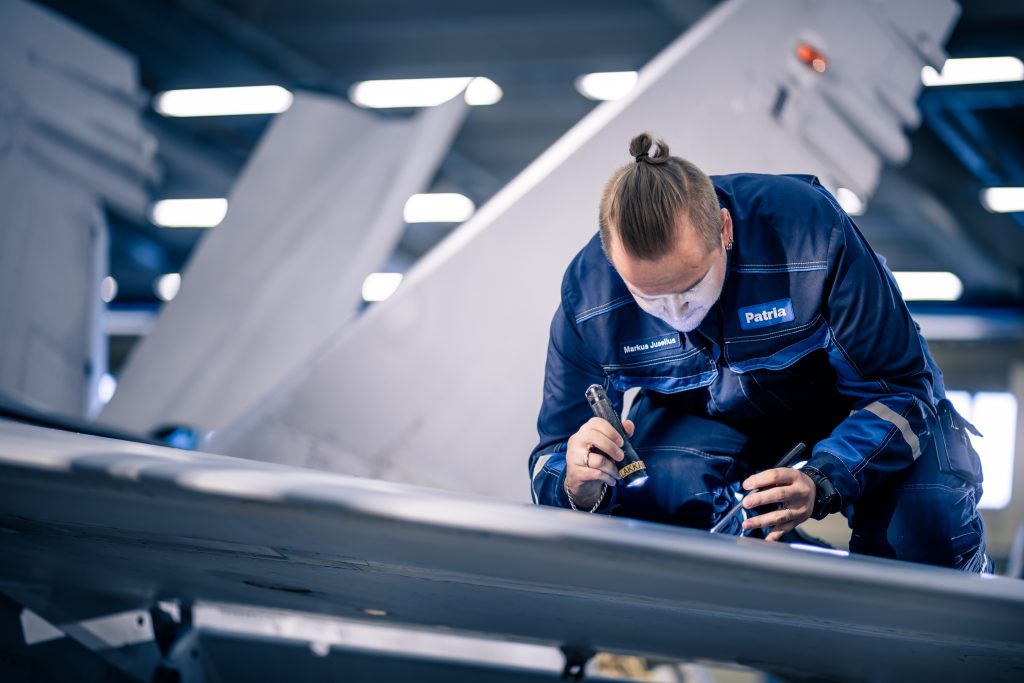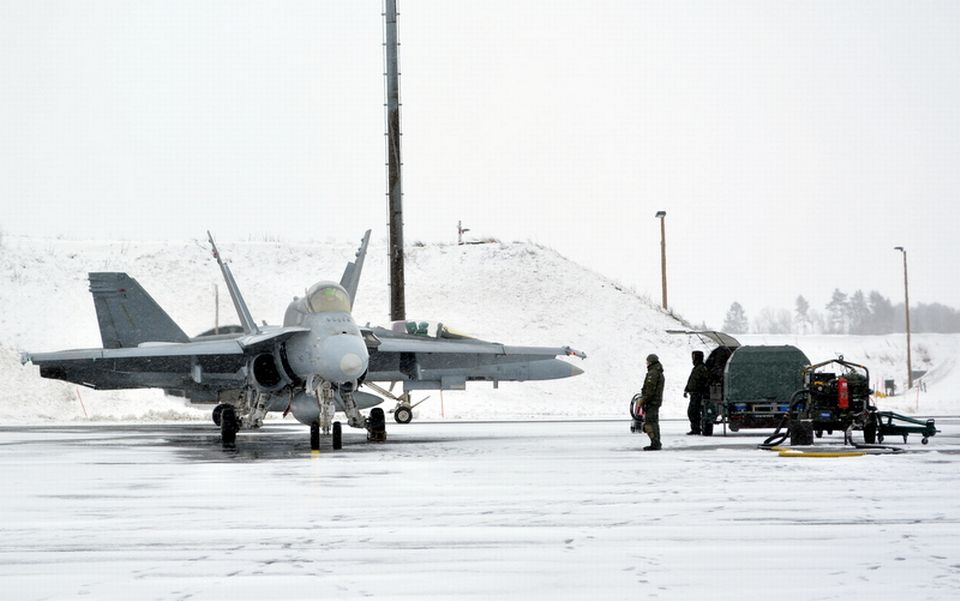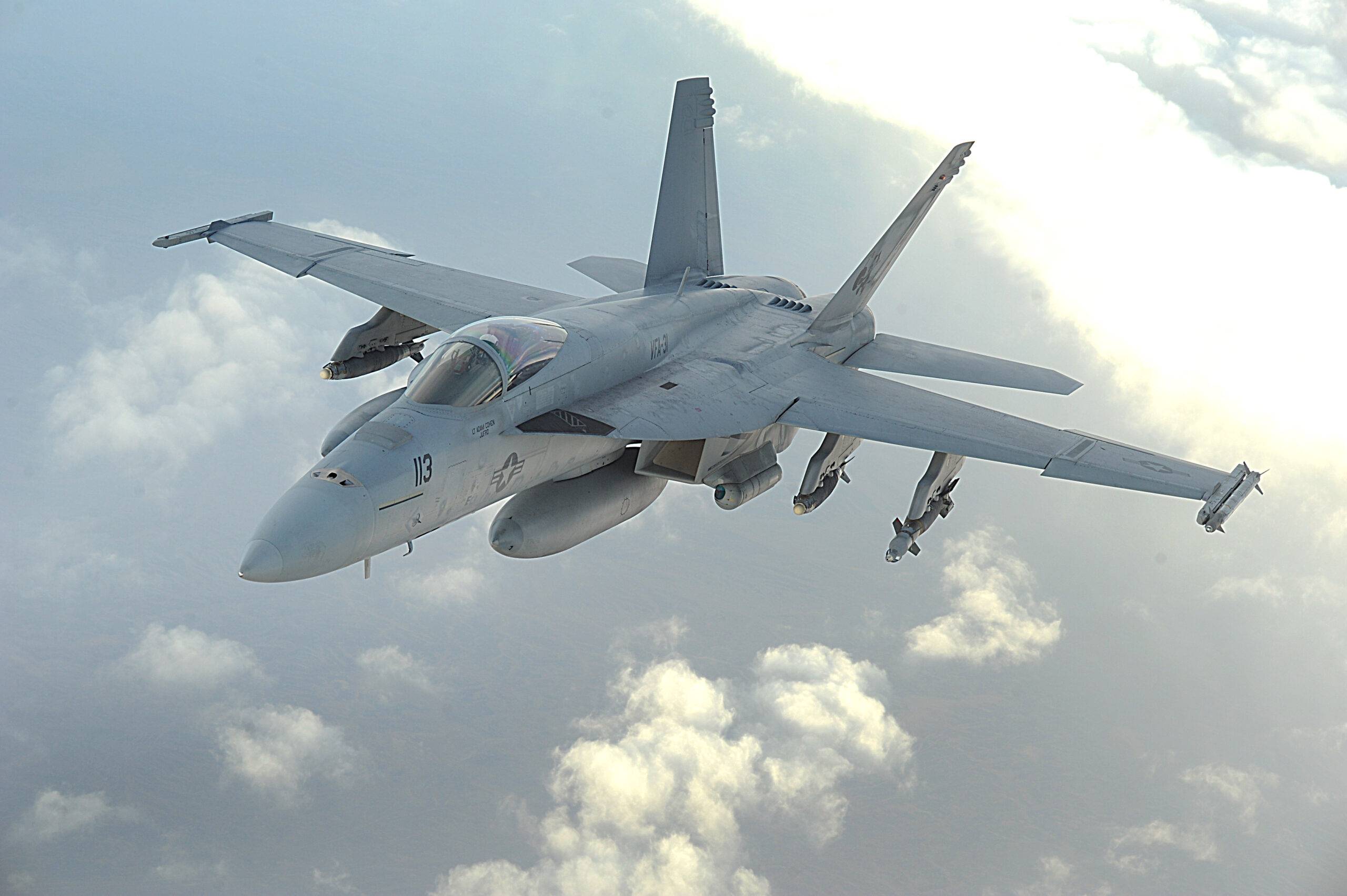News Courtesy: www.3dprintingindustry.com
3D printed metal parts could soon power the Finnish Air Force.
Patria Plc, a chief provider of aerospace and defence solutions for the Finnish government and Kongsberg Defense & Aerospace, has added a 3D printed engine component to an F/A-18 Super Hornet fighter plane.
On 5th January 2018, the F/A-18 made its maiden flight including the 3D printed part, and the test was a success.
[ihc-hide-content ihc_mb_type=”show” ihc_mb_who=”reg” ihc_mb_template=”3″ ]
Additive in the air
Metal additive manufacturing is experiencing one of the biggest industrial booms in aerospace. In recent years, Boeing, GE and Airbus have made headlines by eking ever-closer to 3D printed production of flight-integral parts.
The high-grade applications, as a result, are encouraging the technology’s maturation, now evident in a broader material portfolio, and commitment to faster print speeds.

The Inconel Hornet
Patria’s F/A-18 engine part is made of Inconel 625. Developed in the 1960s, the nickel-based superalloy is renowned for its performance at elevated temperatures. As such, the material has become invaluable to rocket makers, shipbuilders and chemical processors alike.
Details of the exact metal 3D printing process used to make the part has not so far been disclosed. But as a project now two years in development it is likely that a well established additive manufacturing method, such as selective laser melting (SLM), was used in the process.
The size of the component would also glean some information of the technology used. Techniques such as electron beam (EBAM) and wire-arc additive manufacturing (WAAM) are typically used for large-scale applications, like spar parts or propellers.
 [ihc-hide-content ihc_mb_type=”show” ihc_mb_who=”reg” ihc_mb_template=”3″ ][/ihc-hide-content]An F/A-18 Super Hornet fighter jet at base in Finland. Photo by Antti Karhunen / Yle
[ihc-hide-content ihc_mb_type=”show” ihc_mb_who=”reg” ihc_mb_template=”3″ ][/ihc-hide-content]An F/A-18 Super Hornet fighter jet at base in Finland. Photo by Antti Karhunen / YleCreating “newer, better structures”
Patria achieved Military Designs Organisation Approval (MDOA) for design of the F/A-18 part in May 2017.
The aim of the project, according to Ville Ahonen, Vice President of Patria’s Aviation business unit, was “exploring the manufacturing process for 3D-printable parts, from drawing board to practical application.”
The result is, “Using 3D printing to make parts enables a faster process from customer need to finished product, as well as the creation of newer, better structures.”
Due to the successful flight test, Ahonen confirms that Patria will continue working on the efficiency of additive manufacturing methods.
Featured image shows an F/A-18 Super Hornet fighter plane in flight. Photo via the Finnish Air Force
[/ihc-hide-content]



